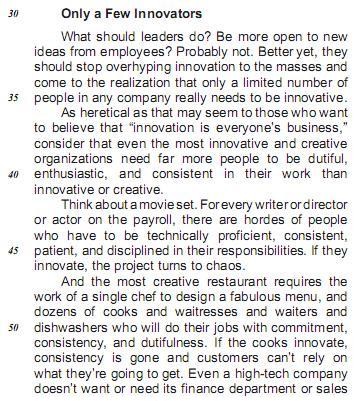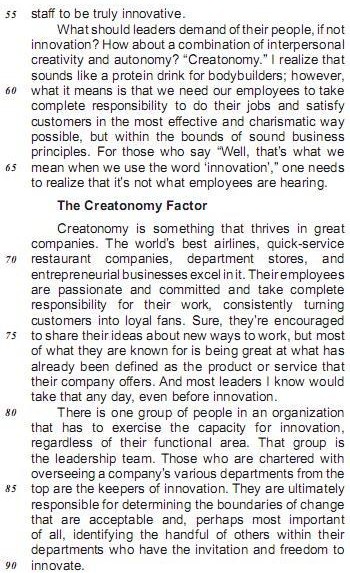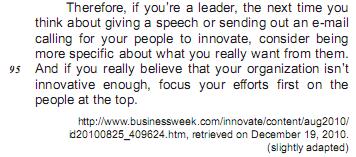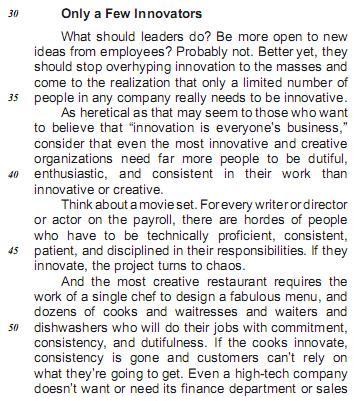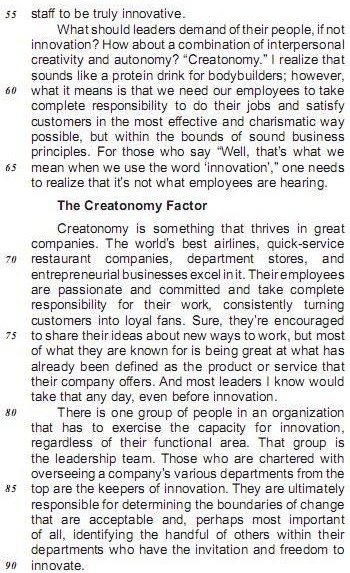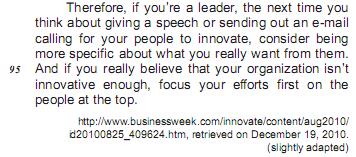Considering translation and some of the notions it envolves, judge
the following items.
Translation should be understood as communication and the search for an exact equivalence between the languages involved in the process.
Considering translation and some of the notions it envolves, judge
the following items.
Acceptations which go beyond the primary meaning of a linguistic expression can be said to be connotative.
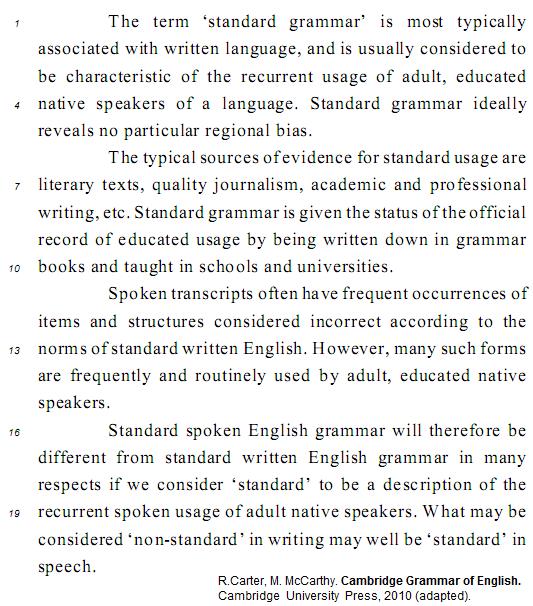
In the text, the word bias (R.5)
can be correctly understood as the expressing of an unquestionable preference towards a particular subject or thing, while rejecting others.
In the sentence
They elected Prof. Palmer the head of that department for the second time., the head of that department is a direct object.
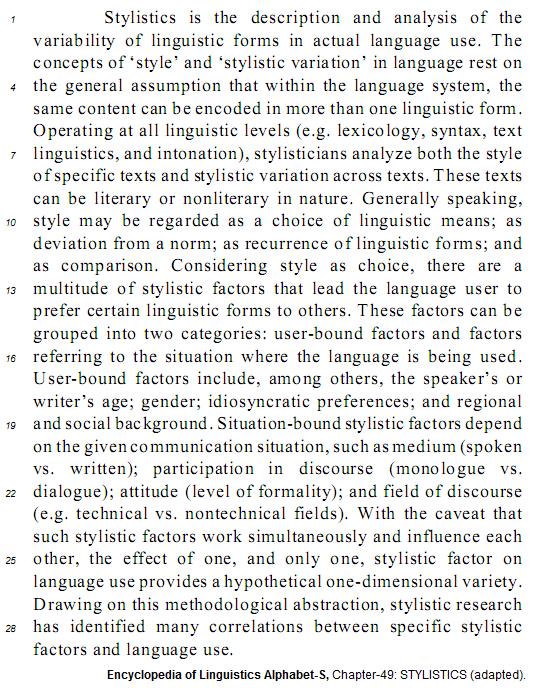
Based on the text, judge the following items.
Language users set up which style to adopt regardless of the text to be presented.
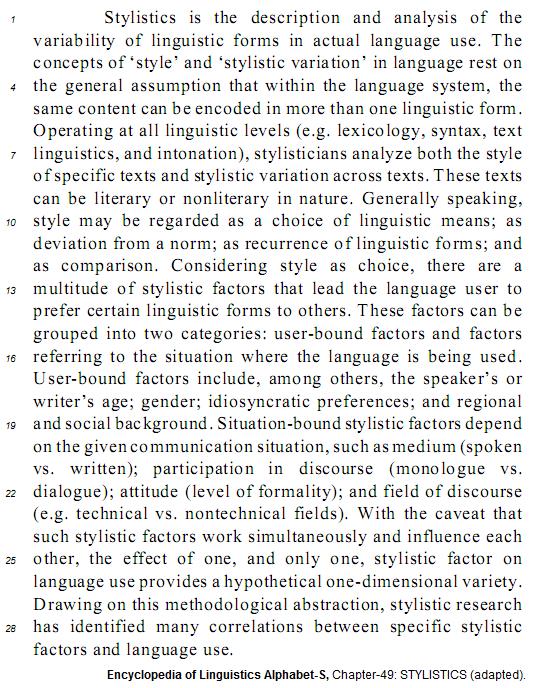
Each of the following items offers a suggestion for a translation into Portuguese of some excerpts of the text above. If the proposed translation is accurate and acceptable, label the item C (certo). Otherwise, label it E (errado).
Operating at all linguistic levels (e.g. lexicology, syntax, text linguistics, and intonation), stylisticians analyze both the style of specific texts and stylistic variation across texts. (L.6-8) Ao operar em todos os níveis linguísticos (i.e, nos níveis lexicológico, sintático, da linguística textual e entoação), os estudiosos do estilo analisam tanto os estilos de textos específicos como a variação linguística através de textos.

Based on the text above, judge the following items.
Virtual society has been regarded either as a moment of ideal perfection especially in social conditions, or as an imaginary situation in which everything in society is extremely bad.
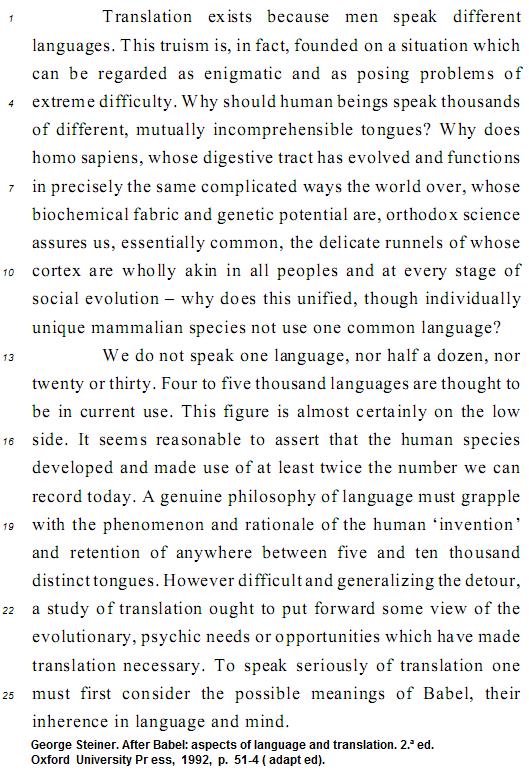
Based on the text, judge the items from 111 to 120.
The use of runnels in the delicate runnels (L.9) is connotative, for the primary meaning of runnel is a small stream or brook.
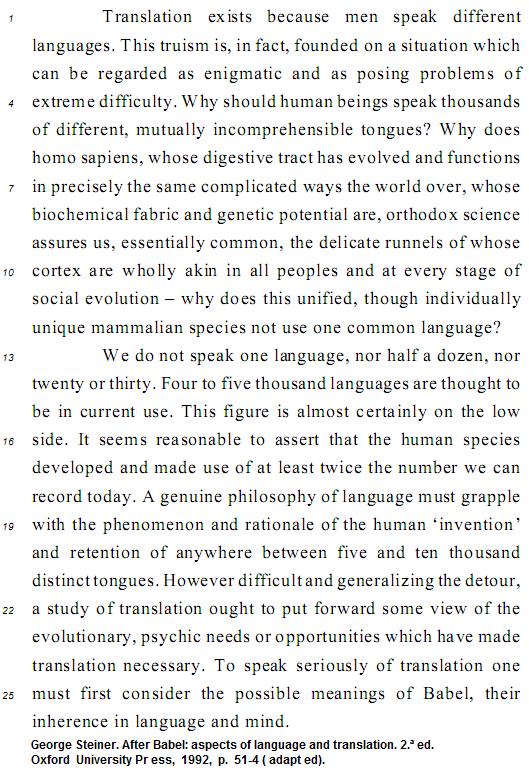
Based on the text, judge the items from 111 to 120.
The choice of language used in the second paragraph indicates the authors certainty both about the existence of a large quantity of tongues spoken by humans and about the number of such languages.
Judge the following item on translation and semiotics.
All texts can be analysed from a semiotic perspective.
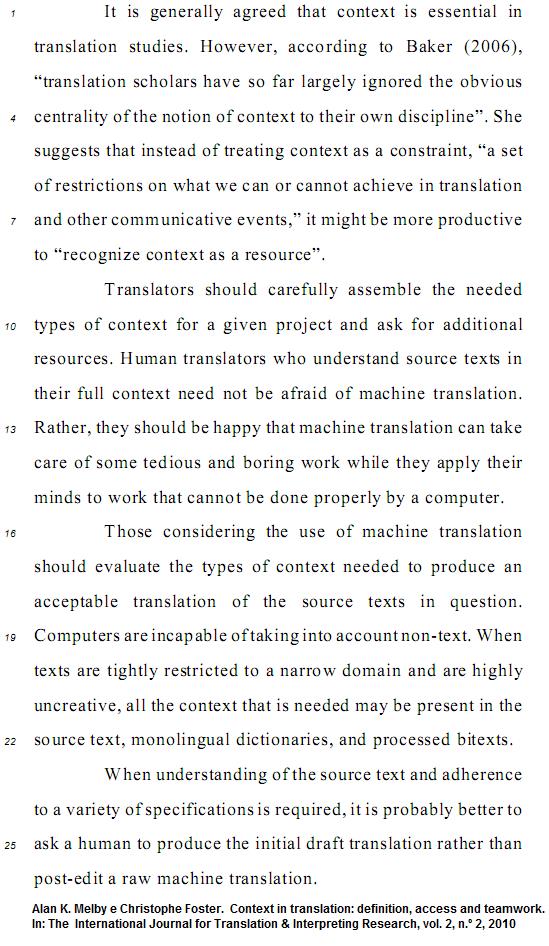
Considering the text and the topics to which it refers, judge theitems below.
The notion of context has been extensively invoked and elaborated in the study of translation and interpreting.

Judge the following items based on the text above.
The fragment translational conundrums (L.14-15) could be correctly and appropriately enigmas apresentados pelo texto original or as enigmas tradutórios.
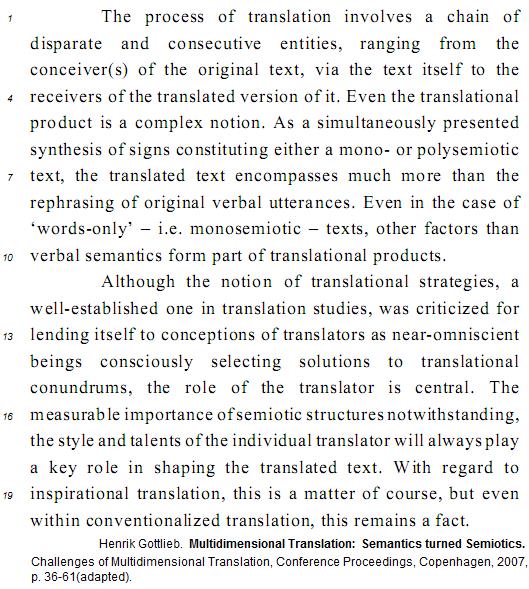
Judge the following items based on the text above.
The translation act can be described as the rephrasing of original verbal utterances.
The question What should leaders demand of their people, if not innovation? (lines 56-57) implies that


